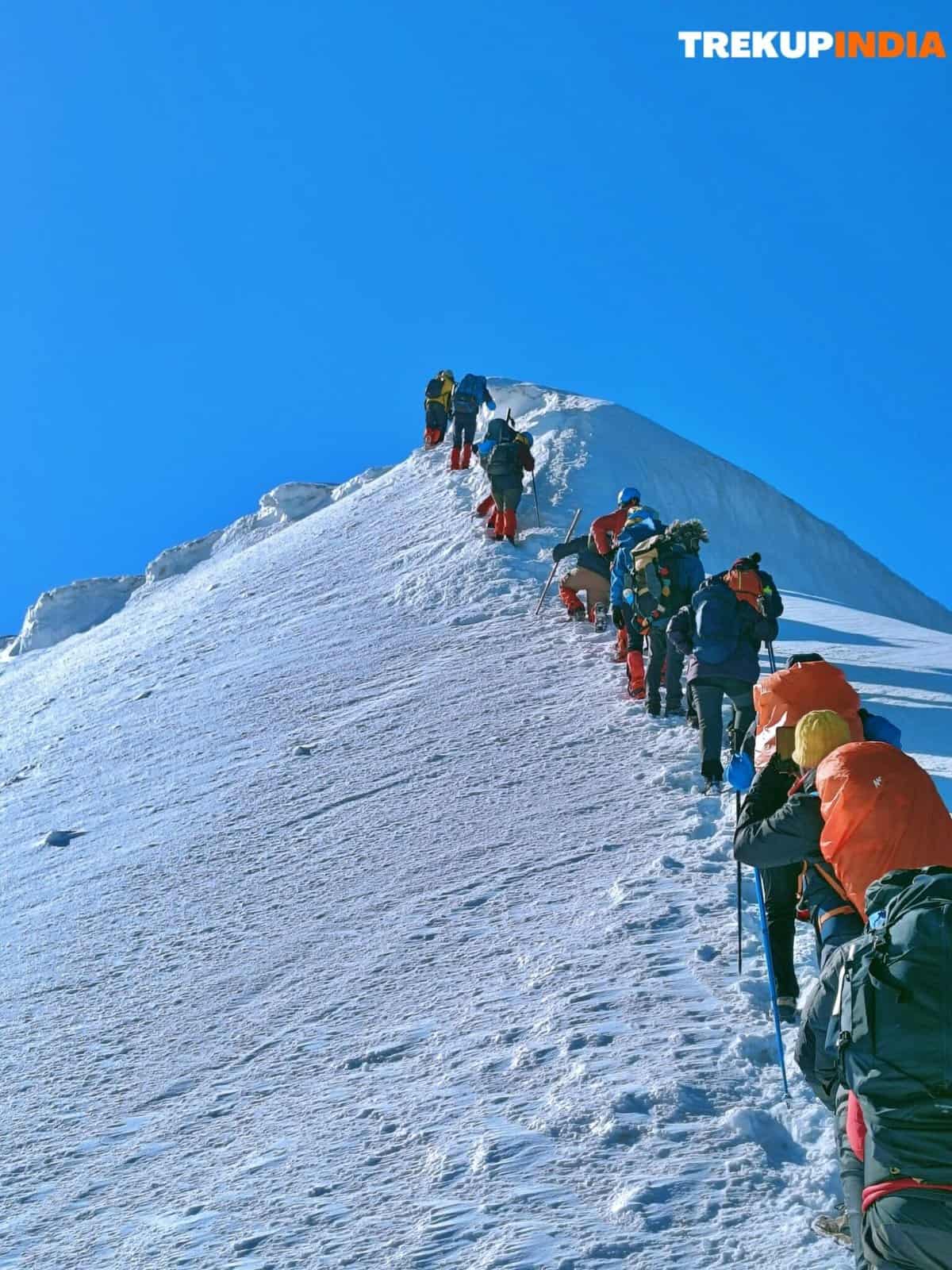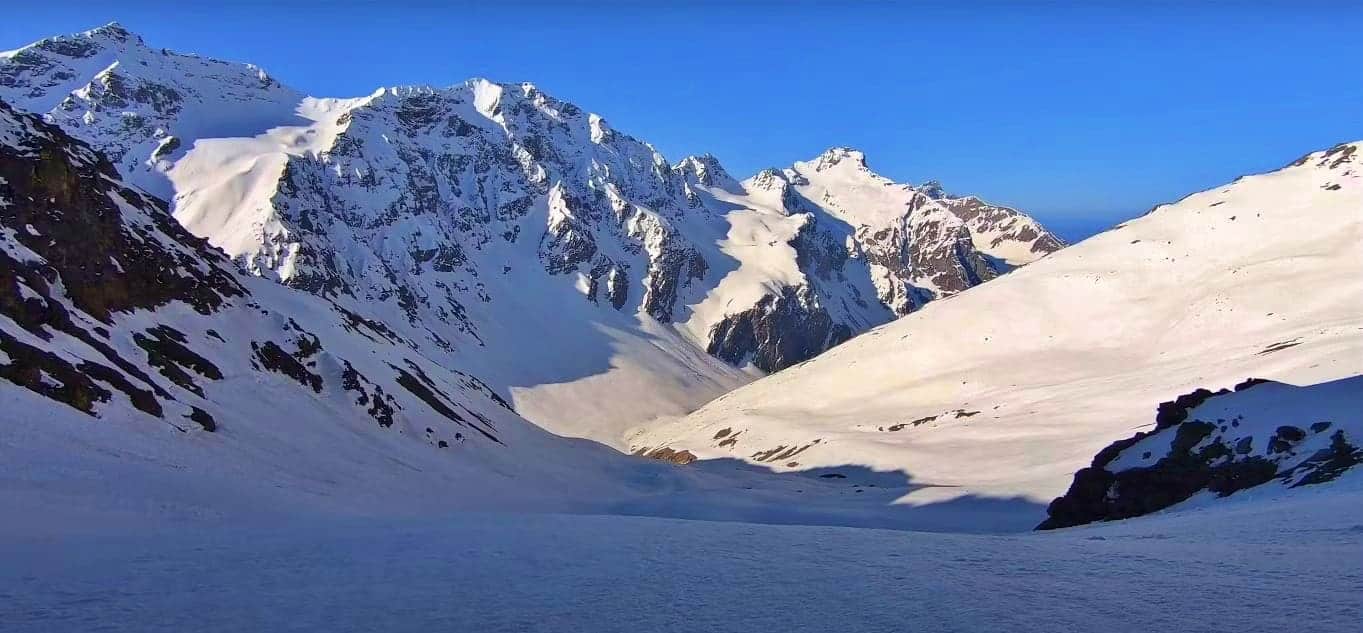Trek Grade
Moderate to Difficult
Highest Altitude
15,480 ft
Base Camp
Khati
Best Time
May, June, Sept to mid-oct
Trek Distance
52 Km
Pindari Glacier Trek
Pindari Glacier Trek lies in the Himalayas of the Kumaon region of Uttarakhand. It falls in the Nanda Devi Sanctuary. Pindari Glacier is where the Pindar River comes from, and this trek is filled with rich flora and fauna. On this trek, the trekker would walk through the serene rhododendron & oak forest, beautiful rivers, dense meadows, and lush green valleys. The trekker would also see magnificent Himalayan peaks like Maiktoli, Panwali Dwar, Nandakhot and Nanda Devi.
Along with the natural landscape, the trekker witnesses local mythological stories, quaint villages, and the local culture. A trekker would have seen Karnaprayag, where two rivers merge, the Pinder River and the Alaknanda River. But never wonder about the Source of Pinder River, which the trekker gets to explore on this trek. On this trek, the trekker would also get to walk on ice, for which the Trekup India team would assist them on how to cross the section. The trail at some places is damaged or changed due to the 2013 disaster, so the trekker needs to be extra careful while travelling this section, and our team will be there to assist them.
Trek Cost
- Stay will be on a twin-sharing basis in tents
- + 280 Trek Insurance (Mandatory)
Pickup time 6.30 A.M from Kathgodam Railway Station
Fix Departure Dates
Pindari Glacier Trek Videos
Videos by experts watch these videos to prepare well for a Successful Trek

Want To Trek Like Pro?
Basically, watch these videos if you want to trek the same way professional trekkers do and make your skills better. These videos contain useful tips and techniques to further improve your trekking skills itself. These videos actually help both new and experienced trekkers improve their trekking skills. These videos definitely provide useful tips that make your trek better. We are seeing that these videos by Trekup India experts will only help you make your trekking skills better.
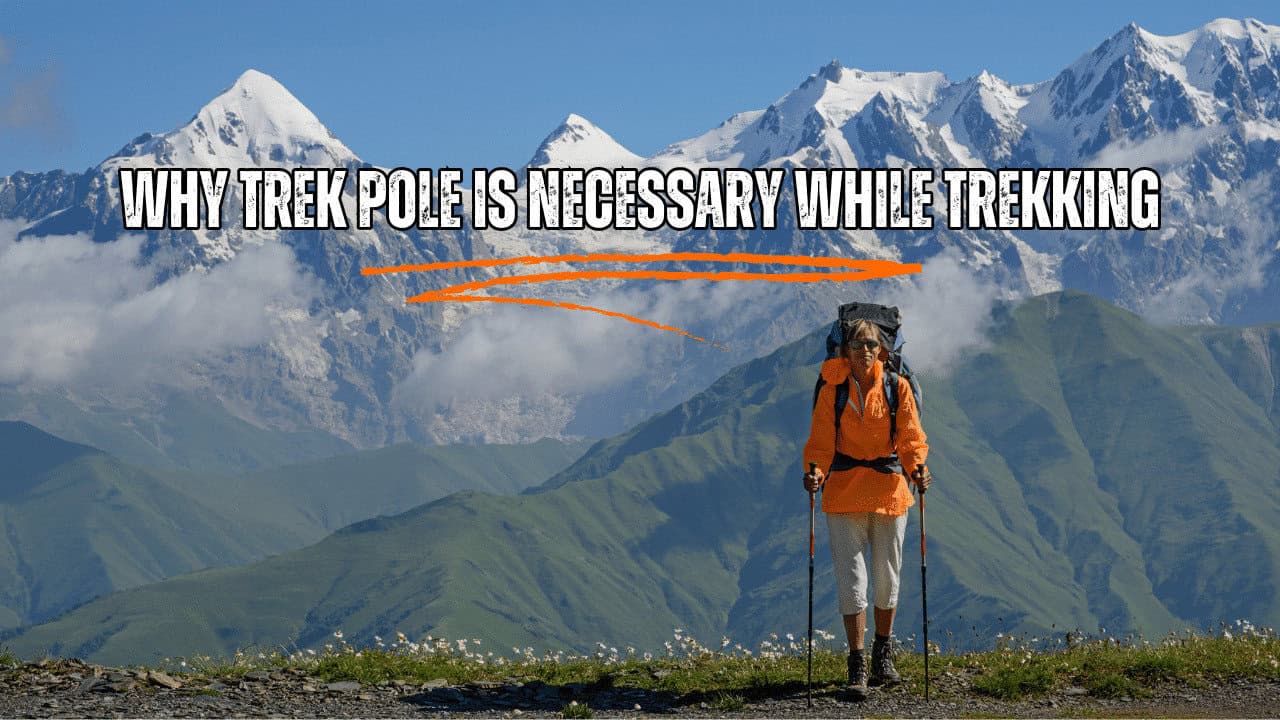
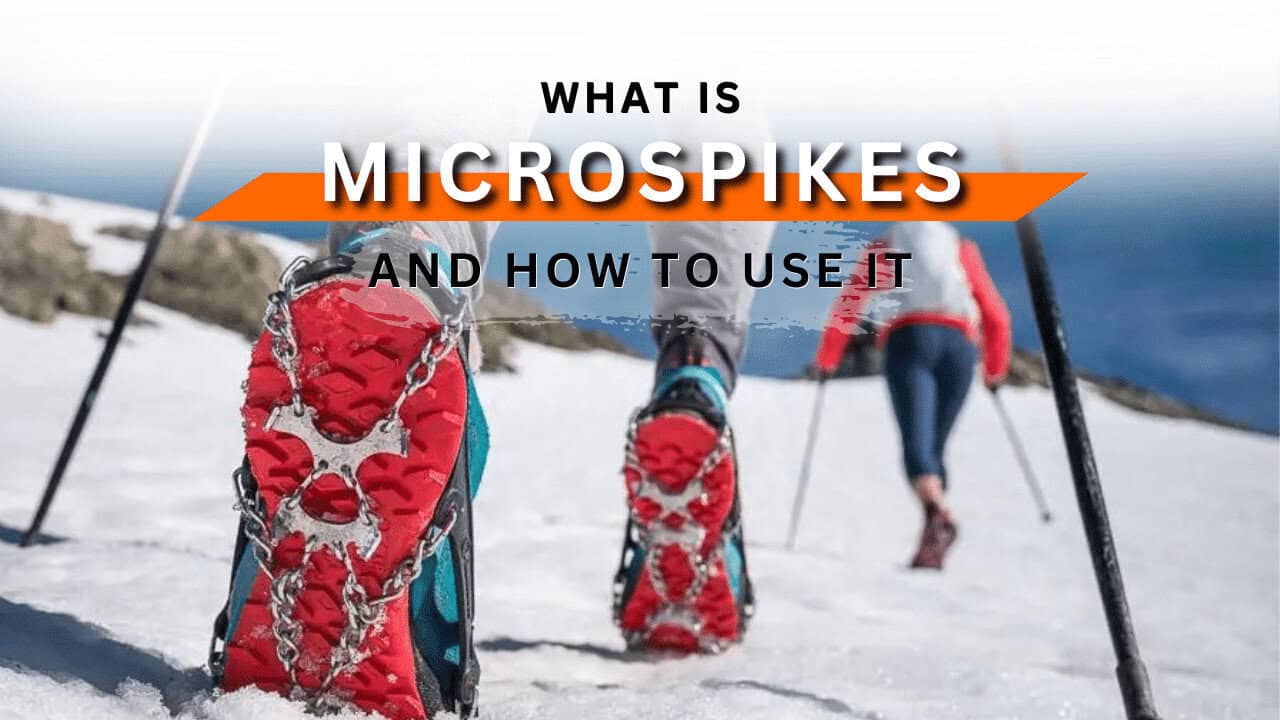
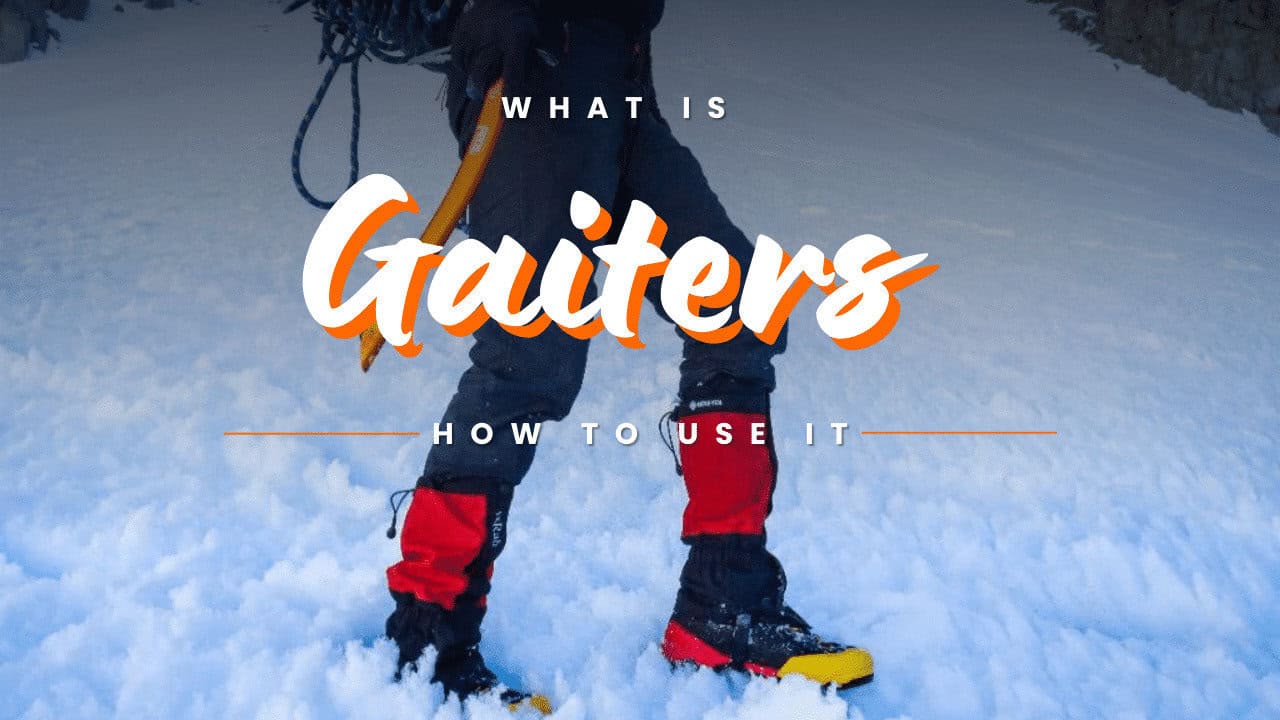
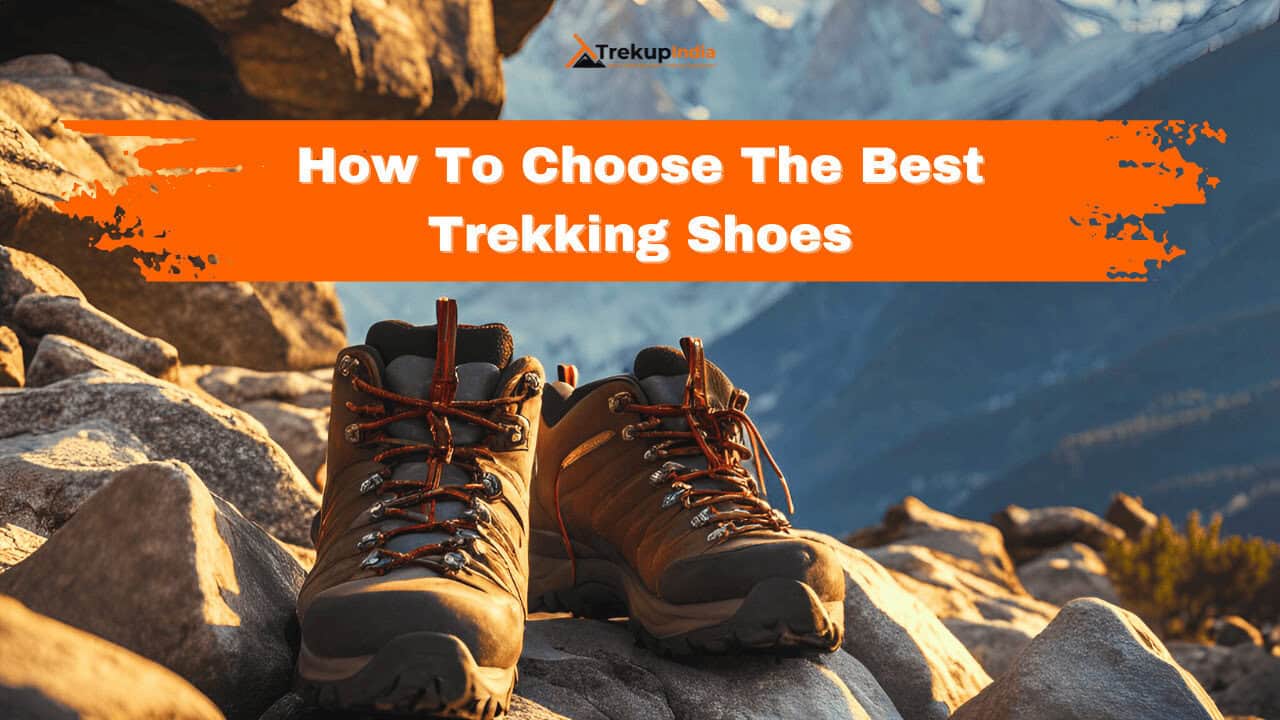
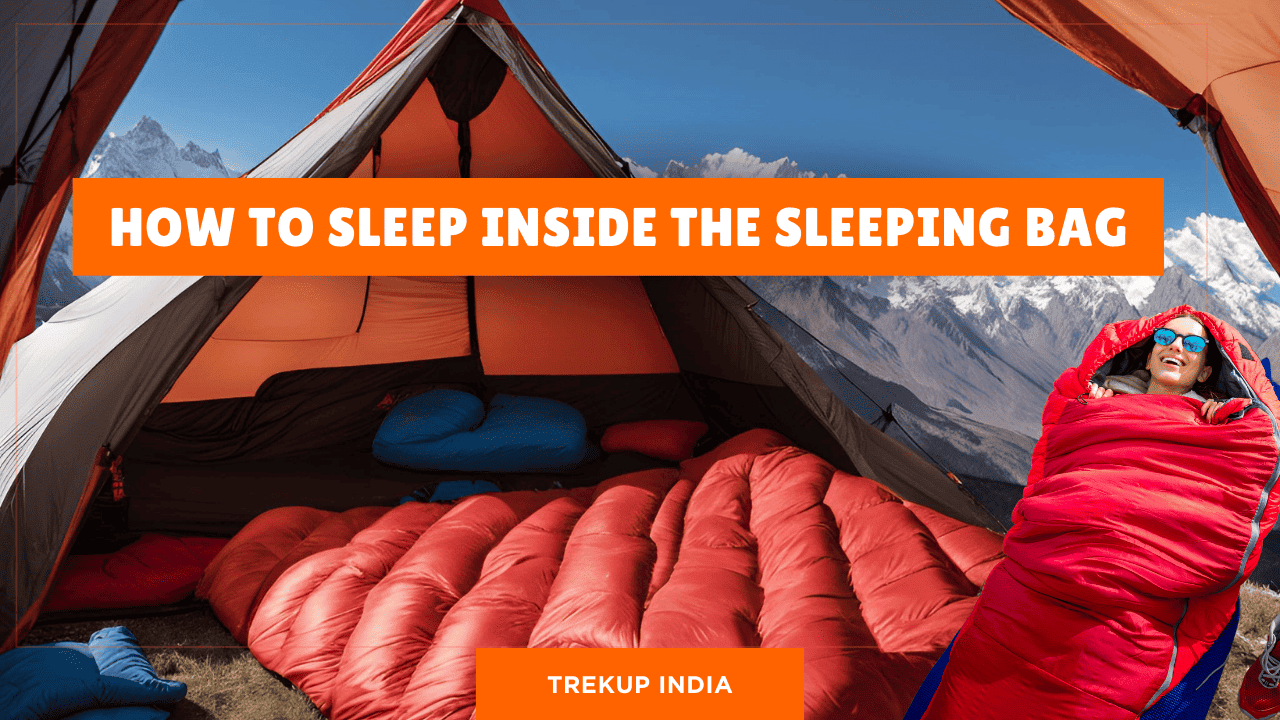
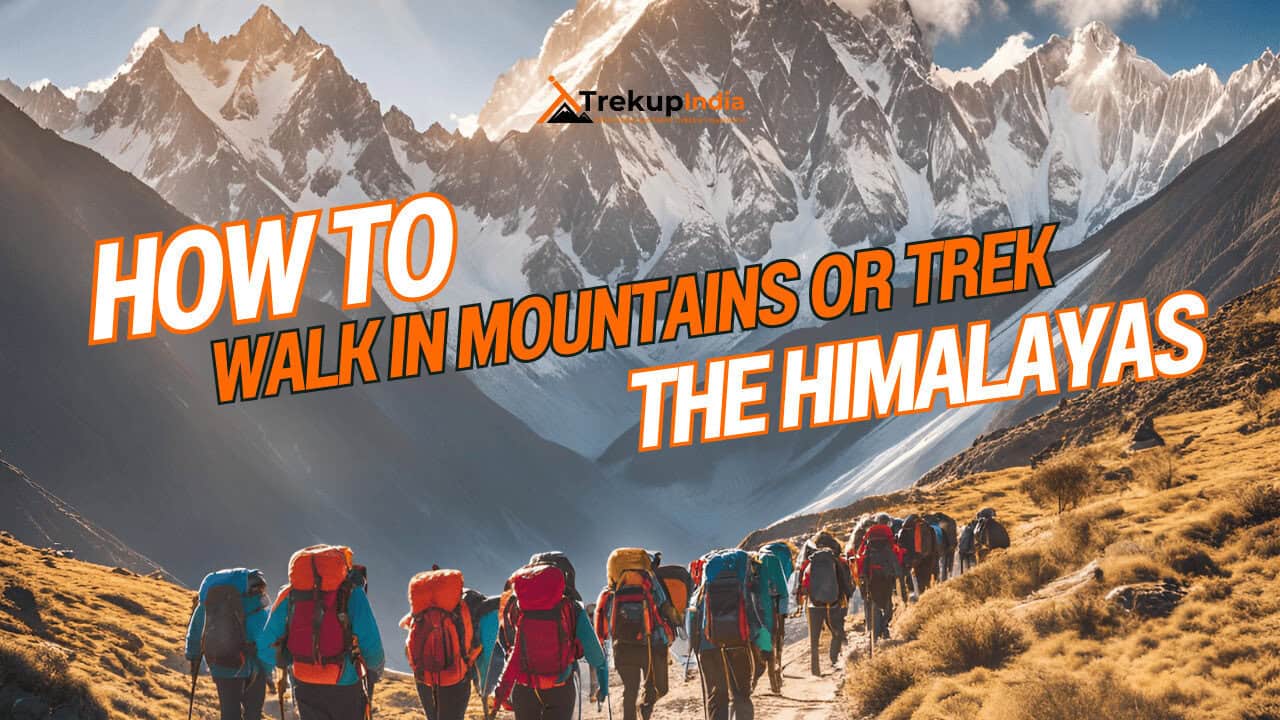
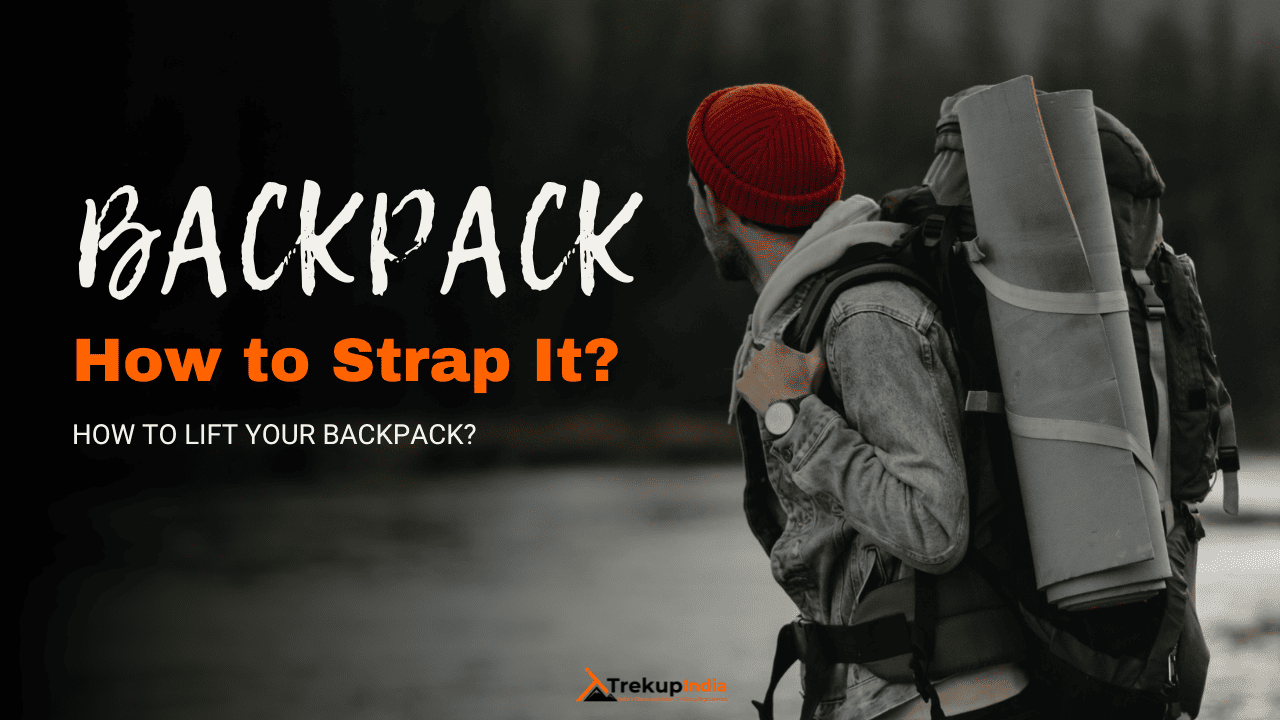
Know Everything About Acute Mountain Sickness
Acute Mountain Sickness occurs when people trek to high altitudes above 8,000 feet. This condition itself develops further due to reduced oxygen levels at such heights. Basically, as you go higher up, the air pressure and oxygen levels decrease, which causes the same problem. Acute Mountain Sickness surely causes headache, nausea, vomiting, and dizziness in affected persons. Moreover, peoples also experience difficulty in sleeping during this condition. To avoid mountain sickness, you should actually trek up slowly to higher altitudes. To learn further about this condition itself, watch the videos by Trekup India.
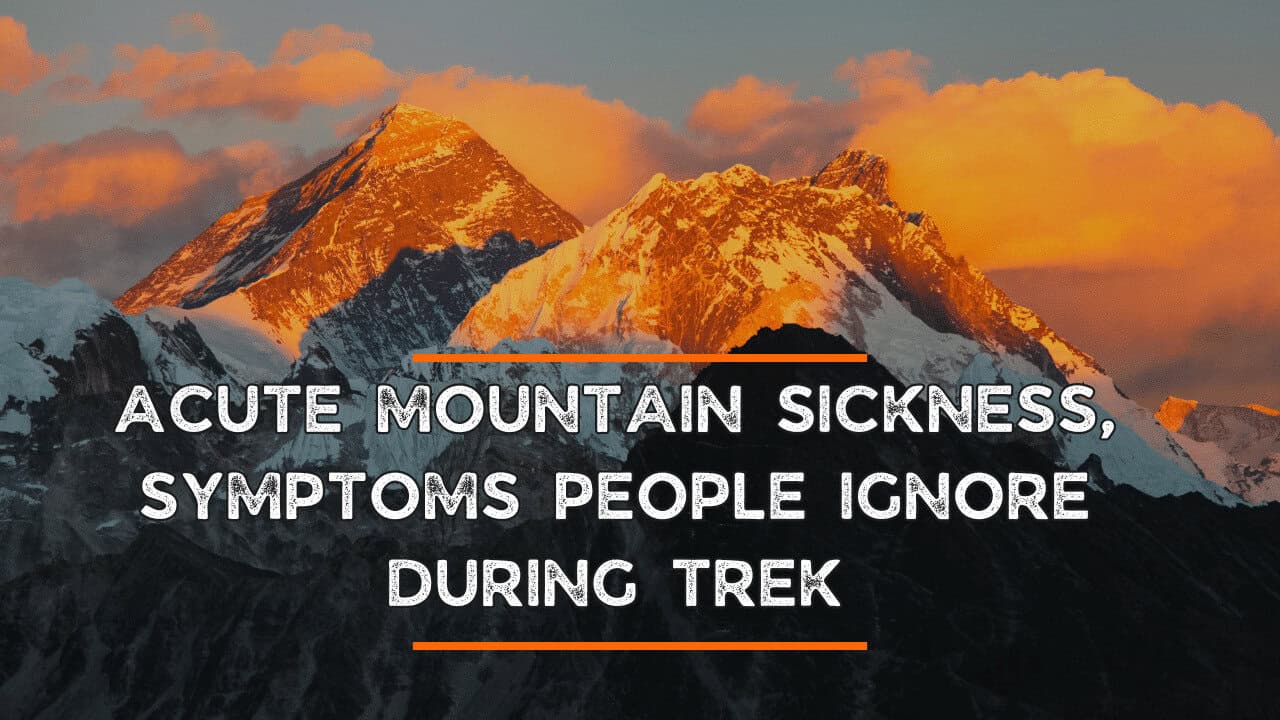
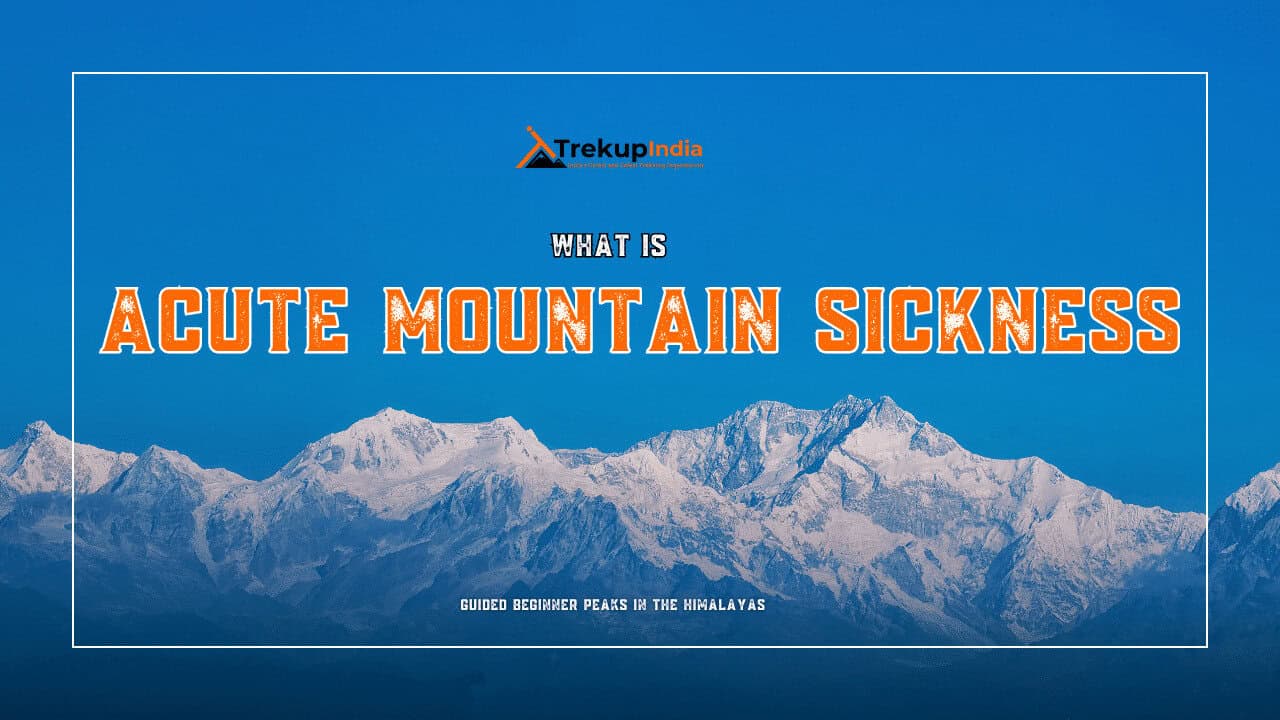
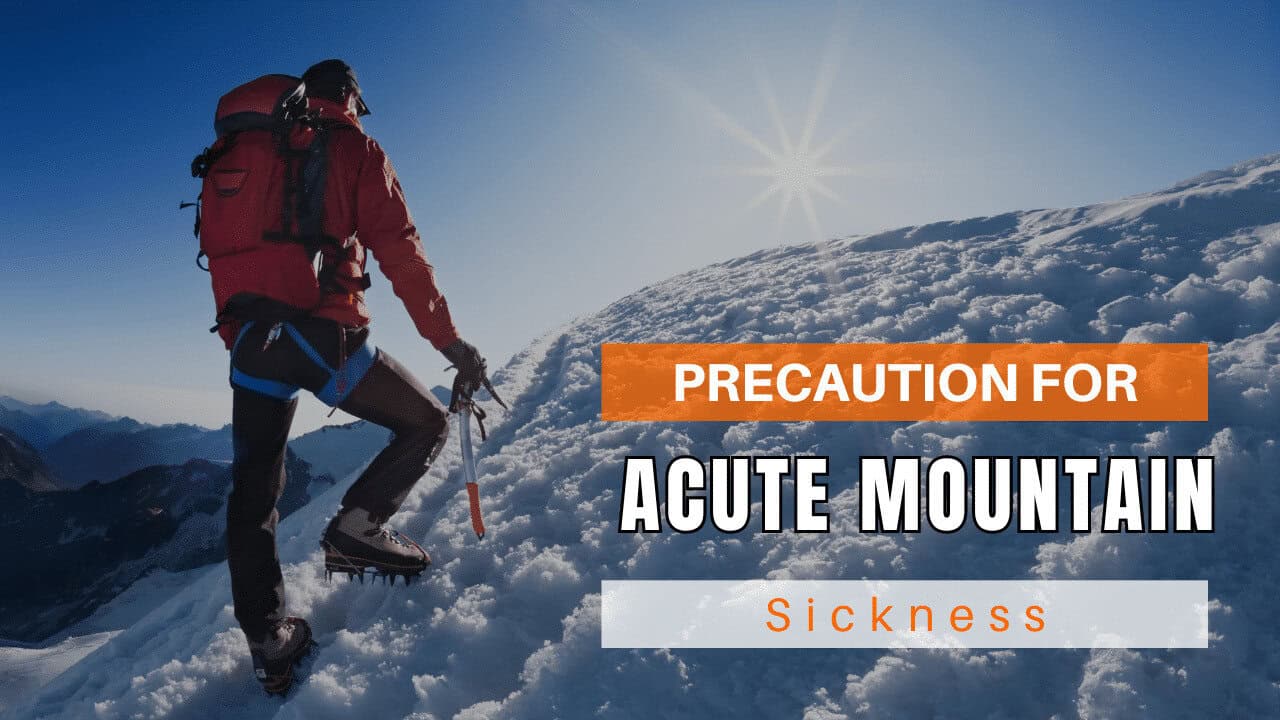
Day Wise Detailed Itinerary of Pindari Glacier Trek
Day 1: Kathgodam to Khati Village by Road
- Stay – Overnight Stay at the campsite.
- Meal – Dinner
- Distance – 214 km
- Time Taken – approx. 10 hrs
- Altitude – Kathgodam (1483 ft / 554 mtr), Khati Village (7250 ft / 2210 mtr)
- Altitude Difference – 5767 ft / 1656 mtr
- Trek Grade – By Road
This day marks the first day of the trekker’s journey; the trekker will go by road from Kathgodam to Khati village. The Trekup India representative at Kathgodam Railway Station would meet the trekkers and then go to the ancient and mythological Khati village. They would be driving through the beautiful Kumaon region and passing through places like Bheemtal, Almora, Bageshwar and Kapkot. The route is scenic as there is a lot of greenery around; as the trekker reaches Loharkhet, they would be going on an off-trail motorable road till they get to Khati. As the trekkers close to Khati, they would start seeing Nanda Kot, Nandabaner, and Laspadhura from afar. There is a local myth relating to Khati village: when the Pandavas were in exile, they called this village their home. Once the trekkers reach Khati village, they can spend the night and rest.
Day 2: Khati Village to Dwali by Trek
- Stay – Overnight stay at the campsite.
- Meal – Breakfast, Lunch and Dinner
- Distance – 13 km
- Time Taken – approx. 8 hrs
- Altitude – Khati Village (7250 ft / 2210 mtr), Dwali (8550 ft / 2600 mtr)
- Altitude Difference – 1300 ft / 390 mtr
- Trek Grade – Gradual to Moderate
On the first day of their trek, the trekker would wake up early and prepare for the day ahead. The trail would be followed by the gushing sound of the Pindar Ganga River; on the way, they would walk across the river by wooden bridges. Beautiful waterfalls add to today’s trail beauty; trekkers should be careful while crossing some sections as they are affected by the 2013 calamity. The beginning of the trail is steeply uphill; as the trekkers walk ahead, they can get a full view of Khati village. After crossing a wooden bridge, the course would become downhill; they again begin an uphill climb towards the ridge. The forest area would be visible now; now it’s just a few kilometres to the campsite Dwaki, and they would be making their way through the landslide-prone site. When the trekkers reach the Dwali campsite, they will be welcomed by a warm & delicious dinner.
Day 3: Dwali to Phurkia by Trek
- Stay – Overnight stay at the campsite.
- Meal – Breakfast, Lunch and Dinner
- Distance – 5 km
- Time Taken – approx. 3 hrs
- Altitude – Dwali (8550 ft / 2600 mtr), Phurkia (10,450 ft / 3180 mtr)
- Altitude Difference – 1900 ft / 580 mtr
- Trek Grade – Gradual to Moderate
This day marks the second day of their trek, and the trekker would begin the morning with a healthy breakfast. As the trek starts, the trail will be through the Rhododendron Forest, and they will get a clear view of the snow-capped peaks of Mount Nanda Devi and Nanda Khat in front of their eyes. If the trekker is lucky on the trail ahead, they might spot Himalayan Ibex grazing in the grasslands. Soon, the trekker will cross two streams with layers of hard snow over them. On this trek, the trekker would also spot some oak trees, waterfalls, and lush green meadows. Trekup India team leader will teach them how to cross the frozen rivers with the help of microspikes and crampons. After the day’s trek, the trekker should get a good night’s sleep for the next day’s trek.
Day 4: Phurkia to Zero Point and Back to Phurkia by Trek
- Stay – Overnight stay at the campsite.
- Meal – Breakfast, Lunch and Dinner
- Distance – 16 km
- Time Taken – approx. 7 hrs
- Altitude – Phurkia (10,450 ft / 3180 mtr), Zero Point (12,000 ft / 3660 mtr)
- Altitude Difference – 1550 ft / 480 mtr
- Trek Grade – Moderate to Difficult
Today, the trekkers would climb the summit; to do so, they would wake up early and have breakfast. The trek would begin from Phurkia, and it will be towards Zero Point and then back to Phurkia. The trekkers would ascend the hill until they reached the first river they would be crossing. If the trekkers are visiting in the right season, they might see chunks of hard snow over the stream; after crossing the creek lies the first meadow section of the trek. As they walked ahead, they would see the sky touching Mount Nandakhat and the Pindar River flowing on the side.
Further on the trail, the trekker would be crossing a rockfall section, and as they come close to the Pindar Valley, they would start seeing snow. Trekup India will help the trekker to cross the icy area by Crampons, and soon they will reach Bhujani. Now the trekker is just a few hours away from Zero Point; as the trekker reaches the point, they will be thrilled by the sight of Pindari Glacier. On this trek, as the trekker moves ahead, they would see Mount Bauljuri and Changuch Peak. They would also visit the temple dedicated to Pindari Baba and Dharmanand Ji. As the trekkers reach Zero Point, they will see the picturesque sight of mountains like Nanda Kot and various others. After the trekker had enjoyed the scenic views from up top, they would begin the return journey to Phurkia campsite.
Day 5: Phurkia to Khati Village via Dwali by Trek
- Stay – Overnight stay at the campsite.
- Meal – Breakfast, Lunch and Dinner
- Distance – 18 km
- Time Taken – approx. 8 hrs
- Altitude – Phurkia (10,450 ft / 3180 mtr), Dwali (8550 ft / 2600 mtr), Khati Village (7250 ft / 2210 mtr),
- Altitude Difference – Phurkia to Dwali (1900 ft / 580 mtr), Dwali to Khati Village (1300 ft / 390 mtr)
- Trek Grade – Gradual to Moderate
On the last day of the trek, the trekkers would wake up early in the morning with a delicious breakfast. Today’s trek will be downhill to Khati as they begin the trek from Phurkia; within a few hours, they will reach Diwali. The trekkers must be extra careful as they cross trail sections filled with loose rocks and boulders. The trail would be the same from which the trekker who came, and the path would be along the Pindar River. Spend the night last time in camp and among the mountain peaks like Nanda Khat.
Day 6: Khati Village to Kharkia by Trek and Kharkia to Kathgodam by Road
- Stay – No Stay
- Meal – Breakfast
- Distance – Khati Village to Kharkia by Trek (4 km), Kharkia to Kathgodam by Road (210 km)
- Time Taken – Khati Village to Kharkia by Trek (approx. 1 hr), Kharkia to Kathgodam by Road (approx. 10 hrs)
- Altitude – Khati Village (7250 ft / 2210 mtr), Kathgodam (1483 ft / 554 mtr)
- Altitude Difference – 5767 ft / 1656 mtr
- Trek Grade – Gradual
On the last day of the journey, the trekker would wake up early. Today’s trip would begin with a short trek from Khati village to Kharkia, where they would enjoy the mountains for the last time. In between, the trekker would also be crossing Jakoni Village and, from Jakoni village, seeing the Sunderdhunga Valley and Pindar Valley. Then, their journey would be followed by a long drive from Kharkia to Kathgodam; once the trekker is dropped off at Kathgodam, the Trekup India team would bid them farewell. The trekkers could either begin their return journey, or they could explore the nearby places.
Pindari Glacier Trek Route Map
We’ve prepared a comprehensive Trek Route Map for your upcoming adventure to Pindari Glacier Trek, which outlines the entire journey including all stops and trails. This map provides detailed information on the terrain, distance between points of interest, and estimated travel time to help ensure a safe and enjoyable trek. We’ve carefully curated the map to ensure that you have all the necessary information at your fingertips. Please take a moment to review it thoroughly, and don’t hesitate to reach out if you have any questions or concerns.
Pindari Glacier Trek Altitude Chart
The Trek Altitude Chart is a useful tool for Trekkers to monitor their altitude changes during their rides, allowing them to plan their routes more efficiently and track their progress over time. This Pindari Glacier Trek chart is beneficial for both casual and experienced Trekkers, helping them make the most out of their Trek experience.
Trek Cost Inclusions
- Stay 5 Nights of tented accommodation at respective campsites of Trekup India on a sharing basis.
- Meals: Trekup India provided cooked meals during the trek, starting with Dinner on Day 01 to Breakfast on day 6 (Meals are simple, nutritious, and vegetarian and non-repeated meals)
- Transport: Kathgodam to Khati Village and Kharkia to Kathgodam by sharing a jeep.
- Trek Insurance (Optional): Trekup India recommends that all trekkers consider getting trek insurance. This is optional, but highly recommended. Trek insurance covers unexpected events that may occur during your trek. The cost of the insurance starts from INR 210. Please read more about what is included in the coverage and why it is mandatory on treks.
- Trek Equipment: Sleeping bag, Sleeping tents, Kitchen tent, Dining tent, Toilet Tent.
- Amenities: All utensils, sleeping mattresses (Black foam mats), Crampons, and Gaiters for snow.
- Health & Safety: First Aid Box, Oxygen Cylinders, Stretchers, Oxi meters, BP Machines, health.
- Permits: Forest Permits and Camping Permission Fee
- Trek Crew: High Altitude Chef, Helpers, Trek Leader & Guides, and other support teams.
- Potters & Mules: Potters and Mules are to carry all trekking equipment, ration, and vegetables.
Trek Cost Exclusions
- GST 5% (it is Mandatory)
- Any Meals/accommodation beside the itinerary or not mentioned in the program.
- Any Bus / Airfare to/from trek start/end point
- Personal Medical expenses do carry your medication.
- Any personal services such as Laundry, phone calls, liquors, mineral water, etc.
- Any still / video camera fee
- Any Entrance fee Monuments, Monasteries, Museums, Temples – Pay directly on the spot.
- Mules or porter charges to carry private baggage (Offload Charges for bag 600 per day). Note: Bag weight should not be more than 10 kg.
- Any emergency evacuation charges
- Any services that are not mentioned in the cost inclusion section.
What should you pack for the Pindari Glacier Trek
Pindari Glacier Trek is a high-altitude trek. The trekking gear you have to have for this particular trek differs from normal treks. Thus, read this whole segment. There is an important question that the trekker who is doing trek asks, like what all things to carry while trekking. Below, we have provided the details on everything you should take; an easy way to remember is by Head to foot or foot to head. We have prepared from Head to foot.
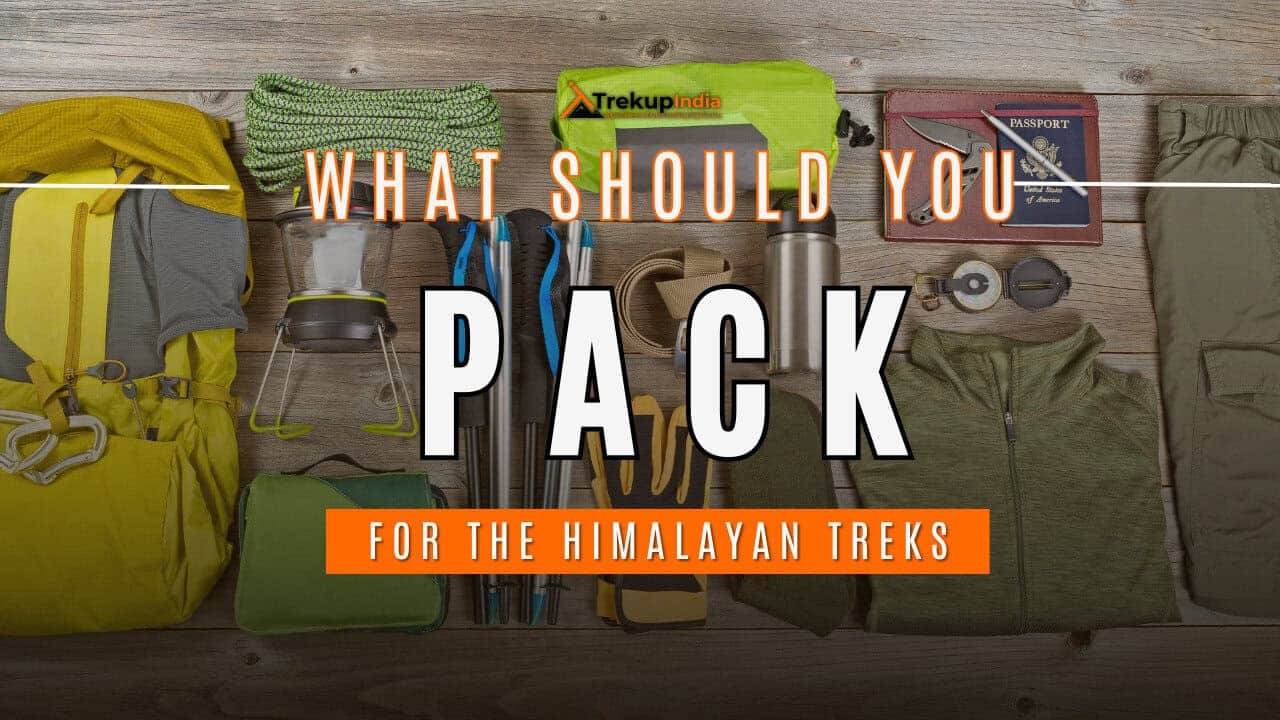
Head Gears
When trekking it's important to carry headgear to protect your head and face.
Heading out for a trek? Don’t forget to carry headgear to protect your beautiful face and head from the sun, wind, and dust! It’s an essential accessory that keeps you safe and comfortable throughout your adventurous journey. So, make sure you pack it before you step out into nature!
- Head Lamps – When trekking at night, headlamps are essential to illuminate your path while keeping your hands free. Headlamps come in different sizes and lumens, so it is essential to choose one that suits your needs.
- Hats or Cap – Caps or hats are also necessary when trekking in different weather conditions. Caps protect your head from the wind and freezing temperatures at night, while hats provide shade and protection from the sun during the day. It’s essential to ensure that your hat has a strap to prevent it from being blown away by the wind.
- Sunglasses – Sunglasses are also essential for trekking. Your sunglasses should protect your eyes from harmful UV rays and fit your face perfectly to avoid falling off while climbing, jumping, or crossing obstacles. The glass of your sunglasses should also be designed for different weather conditions to provide optimal visibility.
- Buff / Balaclava – Lastly, a buff or balaclava is a must-have to protect your mouth or neck from extreme temperatures and keep them warm. Buffs and balaclavas come in different materials, thicknesses, and designs, so it’s important to choose one that suits your needs and preferences. Depending on the weather conditions and your activities, you can wear them as neck warmers, face masks, or headbands.
Clothes
When trekking in high altitudes, prepare for cold weather by wearing layers. Layering traps heat, keeps you warm, and allows you to easily adjust your clothing as temperatures fluctuate.
Layering is important for different seasons when trekking. When planning a high-altitude trek, it is important to prepare for the cold weather. Wearing layers is the best approach as it provides both protection and flexibility when the weather changes frequently in the mountains. Layering helps to trap heat and keep your body warm, while at the same time allowing you to easily adjust your clothing as the temperature fluctuates. By wearing layers, you can enjoy your trek comfortably and stay safe in the unpredictable mountain weather
- For spring, summer, and monsoon treks, consider wearing three layers: a woollen sweater, a fleece, and a padded jacket.
- For autumn treks, add one more fleece layer to make it four layers.
- For winter treks, you may need five layers with thermals, a woollen sweater, two fleeces, and a padded jacket.
- T-shirt/sleeve shirt– Bring three T-shirts and two quick-dry trek pants, wearing one and carrying the others. Long sleeve shirts help to protect from sun UV rays. We recommend synthetic T-shirts as they get dry quickly when they get wet.
- Hiking / Trekking Jacket– down jackets (-5 to-10 C) or two-three-layer jackets.
- Thermals– at least two pairs of thermals help keep the body warm during cold weather.
- Undergarments– you can carry them according to your habitual and hygiene requirements.
- Gloves– 1 pair of gloves will keep your hand warm and nice.
- Trek Pants– Bring 2 to 3 comfortable trekking pants. Trekking pants play a significant role, as they are designed for comfort and mobility, making trekking easier. It should be Synthetic so that it gets dry quickly when wet.
- Rain Wear– you can carry a raincoat or Poncho. During long rains and snowfalls, the waterproof jackets start leaking. Still, the Poncho and raincoats keep you dry, so choose accordingly.
Tip: If you choose a raincoat on your trek, carry a small waterproof cover so things inside your backpack can’t get wet. If you carry a Poncho, you don’t need to worry. It protects both you and your backpack.
Foot Gears
When it comes to planning a trek, one of the most important aspects is to ensure that you have the right kind of foot gear.
- Trekking shoes which are waterproof and have ankle support. Walking / Hiking sandals which can be used off the trek, i.e., in the morning and evening hours when you reach the campsite, basically to get your feet rest from heavy boots, sometimes used for crossing streams and rivers, it’s more comfortable and safer than crossing barefoot or wetting your shoes. Sneakers (Optional) can be worn for normal driving days or used around the camp.
- Socks– you should at least carry 3 to 4 pairs.
- Microspikes & Gaitorswill be provided by Trekup India when required. You don’t have to carry them.
Personal First Aid Kit
Don't forget to pack your personal first aid kit! It's always better to be safe. So, make sure you're prepared for any unforeseen circumstances.
Below are some common medicines generally required/used during your adventure trip; however, please consult your doctors prior.
- Antiseptic towel or water syringe (to clean the wound)
- Butterfly bandage for a small cut
- Cotton and elastic bandages and sterile gauze pad for larger wounds
- Latex gloves are used when the wound bleeds.
- Medicine for Diarrhea (Upset stomach)
- Medicine for cold, flue/fever, headache
- Some pain killers
- ORS pouches
- Quick pain relief spray (External use)
- Any personal medicine prescribed by your doctor
- Dimox / Similar for high altitude sickness
- Bug Repellent
- Carry some nutria/energy bars and drinks (non-alcoholic)
- Note: Kindly consult your doctor before purchasing or taking any medicine.
Gadgets and Other Items
You might also consider bringing a camera, binoculars, portable charger, and snacks. Be well-prepared and tackle any trail with confidence.
- Trekking Poles
- Mobile phone
- Camera
- Spare batteries for phone and camera, power bank
- Lightweight flashlight or headlight
- A waterproof bag made of plastic is used for the camera.
- Plug/converter for electrical items
- 1-litre water bottle
- A journal with a pen would be a good idea to keep your notes.
- Some book of your interest for the ideal time
- Get into the habit of maintaining a Map and guidebook of the region.
Hygiene & Personal toiletry
Remember to pack hygiene and personal toiletry items such as soap, shampoo, toothbrush, toothpaste, deodorant, and toilet paper.
- Sunscreen with UV protection to shield your skin from harmful rays
- 1 or 2 small quick-drying towels to help you dry off quickly in case of rain or sweat
- Toilet paper, tissues or wet wipes for maintaining hygiene while on the trek
- Toothbrush, toothpaste, and mouth freshener to keep your mouth clean and fresh throughout the journey
- Deodorant or talcum powder to help you stay fresh and odor-free, especially during hot and humid climates
- Shampoo to keep your hair clean and healthy
- Sanitary pads or tampons (for female trekkers) to manage menstrual cycles
- Lip-gloss or salve to protect your lips from dryness and chapping
- Bio-degradable soap to keep yourself clean and hygienic while on the trek
- Nail clipper and other personal items that you use daily
Compulsory Documents to Carry
There are certain documents that you should always carry with you. These documents are not only necessary for your safety and security, but they may also be required by local authorities.
These files must be submitted to the Forest Department before your trek. With none of these, you will not be permitted to trek—original and photocopy of government photo identity card. Carry IDs like Aadhaar, voter ID, etc.
How To Plan Your Trek & Reach Kathgodam?
By Air: Pant Nagar Airport is the nearest airport to Kathgodam by flight, located almost 34.4 km from the city. Regular flights from Delhi to Pant Nagar are available. However, if you plan to reach Kathgodam by flight, it is better to arrive one day in advance.
By Train: If you want to reach Kathgodam from Delhi by train, then there are a number of trains which go at different times, which are also quite convenient. With the train, it is an overnight journey. You Could catch a train from Kathgodam Railway Station to Delhi also.
By Bus: From Delhi, you can find a regular bus service to Kathgodam. ISBT Kashmere Gate is the central bus station in Delhi, from where you will find both AC and non-AC buses for Kathgodam. However, taking government buses from Kashmere Gate ISBT is always better. The bus will drop you at the Kathgodam Bus Stand, and then the Trekup India Team will pick you up from the Bus Stand. You can also catch a bus from Ramnagar that goes towards Delhi.
By Car: From Kathgodam, the Trekup India team will provide vehicles throughout the trek wherever required.
Fitness Required & Preparation Guide For Pindari Glacier Trek
If you’re preparing for a Pindari Glacier Trek, Trekup India recommends jogging as part of your fitness routine. Jogging helps work out the same muscle groups that you’ll use during trekking and can help you build endurance. You don’t need any special equipment to get started.
Fitness Target
Trekup India has put the Pindari Glacier Trek into an moderate to difficult grade level trek.
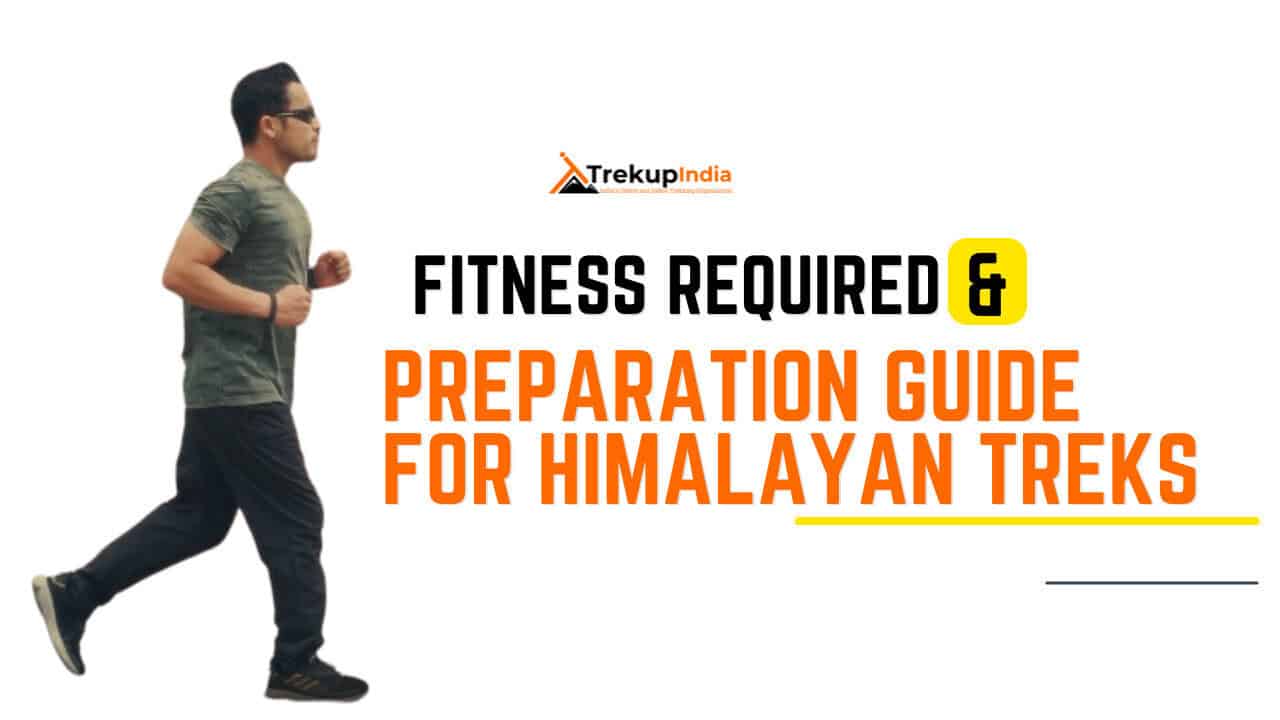
For Moderate – Difficult Treks – In order to be well-prepared for your upcoming trek, it is recommended that you focus on building your endurance by aiming to cover a distance of 4.5 kilometers in less than 40 minutes. This will help you to develop the necessary stamina and strength required to successfully complete your journey.
How to Achieve This Fitness Target?
To start preparing for your trek:
- Try jogging for at least five days every week.
- If you find 5 km too difficult at first, begin with 2 km and gradually increase over 2-3 weeks.
- Once you feel more comfortable running 5 km, focus on improving your speed gradually on a daily basis.
It is important to ensure that you can consistently complete 4.5 km in under 40 minutes for at least two weeks before your planned trek. Allow yourself 6-8 weeks to prepare physically for the journey.
Strength Training exercises that benefit Trekking
Trekking is an activity that demands a good level of strength.

Trekking is a demanding activity that requires good cardiovascular endurance, muscular strength, and overall fitness. To help you prepare for your trek, incorporating bodyweight exercises into your training routine can be an effective way to build strength, improve stability, and enhance endurance, all of which are crucial for a successful trek. In this regard, here’s a breakdown of body weight exercises categorized by the specific body parts they target and the benefits they offer during trekking.
1. Lower Body Exercises
Lower body exercises like squats and lunges are great for building lower body strength, essential for trekking.
a. Squats
Squats are an excellent exercise for building lower body strength, essential for trekking. They target the quadriceps, hamstrings, glutes, and calves. Solid quadriceps and glutes provide power for ascending and tackling uphill climbs, while vital hamstrings aid stability during descents. This is particularly helpful in navigating uneven terrain during trekking.
How to perform Squats Exercises:
- Stand with feet shoulder-width apart, toes pointing slightly outward.
- Lower your body by bending your knees and hips, keeping your back straight.
- Lower until your thighs are parallel to the ground or as low as comfortable.
- Push through your heels to return to the starting position.
b. Lunges
Lunges target the quadriceps, hamstrings, glutes, and calves. They improve lower body strength, balance, and stability, crucial for maintaining control on rocky trails and steep slopes. Additionally, they enhance flexibility, reducing the risk of injury while trekking.
How to Perform Lunge Exercises:
- Stand with feet hip-width apart, hands on hips or sides.
- Take a step forward with one foot, lowering your body until both knees are bent at 90-degree angles.
- Push through the heel of your front foot to return to the starting position.
- Repeat on the other side, alternating legs.
2. Upper Body Exercises
Upper body exercises such as push-ups and pull-ups effectively strengthen the upper body, especially the chest and shoulders, which are essential for carrying a backpack during treks.
a. Push-Ups
Targets: Chest, shoulders, triceps, and core.
Benefits for Trekking: Push-ups are an effective exercise to strengthen the upper body, especially the chest and shoulders, essential for carrying a backpack during treks. Improved upper body strength will also help maintain posture and stability while traversing challenging terrain.
How to Perform Push-Ups Exercises:
- Start in a plank position with hands shoulder-width apart and body in a straight line from head to heels.
- Lower your body by bending your elbows until your chest nearly touches the ground.
- Push through your palms to return to the starting position.
- Keep your core engaged throughout the movement.
b. Pull-Ups/Bodyweight Rows:
Targeting the back, biceps, and shoulders can significantly benefit trekking. You can strengthen these muscle groups by performing pull-ups or bodyweight rows and improve your posture and balance while carrying a backpack. Additionally, more muscular back muscles can help reduce the risk of back strain and fatigue during long treks, making your journey safer and more comfortable.
3. Core Exercises
Core exercises like planks and Russian twists can help strengthen the core muscles, which are crucial for maintaining stability and balance while trekking on uneven terrain.
a. Planks
Targets: Abdominals, obliques, and lower back.
Benefits for Trekking: Planks are an effective exercise that helps strengthen the core muscles. These muscles are crucial for maintaining stability and balance while trekking on uneven terrain. A strong core also helps improve posture, reducing the risk of back pain and fatigue during extended hikes.
How to Perform Planks Exercises:
- Start in a plank position with elbows directly under shoulders and body in a straight line from head to heels.
- Engage your core and hold the position, avoiding sagging or arching the back.
- Keep breathing steadily and hold for the desired duration.
b. Russian Twists
Targets: Obliques, abdominals, and lower back.
Benefits for Trekking: Russian twists engage the core muscles, particularly the obliques, improving rotational stability and balance. Enhanced core strength helps prevent injuries and improves overall performance during trekking.
How to Perform Russian Twist Exercises:
- Sit on the ground with knees bent and feet flat, leaning back slightly to engage the core.
- Clasp hands together and twist the torso to one side, bringing the hands towards the ground beside the hip.
- Return to the centre, then twist to the other side.
- Continue alternating sides for the desired number of repetitions.
4. Full Body/Cardiovascular Exercises
Full-body/cardiovascular exercises like burpees and mountain climbers are excellent for improving cardiovascular endurance, strength, and agility.
a.Burpees
Burpees are an excellent full-body exercise that targets your legs, chest, arms, and core. This exercise dramatically benefits trekking enthusiasts, improving cardiovascular endurance, strength, and agility. Regularly incorporating burpees into your workout routine can enhance your overall fitness level, which can help you endure long hikes and rugged terrains with ease.
How to Perform Burpees Exercises:
- Start in a standing position.
- Squat down and place hands on the ground.
- Jump feet back into a plank position.
- Perform a push-up.
- Jump feet back to the squat position.
- Explosively jump up into the air, reaching overhead.
- Land softly and repeat the sequence.
b. Mountain Climbers
Mountain climbers target the core, shoulders, chest, and legs. This dynamic, full-body exercise can significantly improve cardiovascular endurance and agility. It is an excellent functional workout for trekking preparation as it engages both the upper and lower body muscles while strengthening the core muscles.
How to Perform Mountain Climbers Exercises:
- Start in a plank position with hands shoulder-width apart and body in a straight line from head to heels.
- Drive one knee towards the chest, then quickly switch legs, alternating in a running motion.
- Keep the core engaged and the hips stable throughout the movement.
- Continue at a moderate to fast pace for the desired duration.
Incorporating bodyweight exercises into your training routine can help you build strength and endurance and prepare your body for the physical demands of trekking. Consistency and proper form are crucial to maximizing the benefits of these exercises and ensuring a safe and enjoyable trekking experience. Engaging your core muscles, including obliques, abdominals, and lower back, with Russian twists can improve your rotational stability and balance, preventing injuries and enhancing overall performance during trekking.
When incorporating strength training exercises into your workout routine, it’s essential to maintain proper form and technique to avoid injury. Start with lighter weights and gradually increase the intensity as you progress, focusing on compound exercises targeting multiple muscle groups simultaneously. Some examples of practical strength training exercises for trekking include squats, lunges, deadlifts, and pull-ups.
Remember to give your muscles time to recover between workouts, and remember to stretch before and after your workouts to prevent injury and improve flexibility. Combining strength training with jogging and proper stretching allows you to take your fitness to the next level and confidently tackle even the most challenging treks.
Our Trekkers Reviews And Expreinces
Food Provided by Us During Trek
We provide only Indian vegetarian food, and your meal will mainly consist of Indian bread, vegetables, lentils, rice, and a delicious dessert. During your trek, we will serve three meals a day, including breakfast, lunch, and dinner. You will also be served tea, snacks, and lip-smacking soup in the evening before dinner. If it is a long day of trekking, you will be given a packed snack.
After extensive research on the trekkers’ nutritional requirements, we prepare the menu. Before putting all the meals together, we also consider the altitude and the weather.
The meal we serve during the trek is perfectly balanced with calories, carbohydrates, vitamins, protein, fibre, and minerals. You need to know that all our cooks have great expertise in cooking and have undergone thorough training. So, get ready to enjoy delectable and lip-smacking dishes during your trek. You will be served with lemon tea in the tent to start your day with a refreshed feeling. Before leaving the campsite for trekking, you will be given a hot finger-licking breakfast like upma, Aallu Prantha, Besan Chilla, Poha, Daliya, Corn flakes, and Maggie, along with tea or coffee.
If your trek is longer, we also offer some fresh local fruits such as apples and healthy drinks like Frootie or Maaza. In the afternoon, you will be served a simple & healthy lunch, while at around 04:00 pm, you will be given tea and a light evening breakfast. After you reach your campsite at night, you will be served a hot and delightful dinner.
After reading this, you must have understood the food we provided on the trek; you don’t need to worry about food. Many trekkers repeatedly trek with us because of the food we provide. Thus, we will give you unforgettable experiences.
Safety During Pindari Glacier Trek
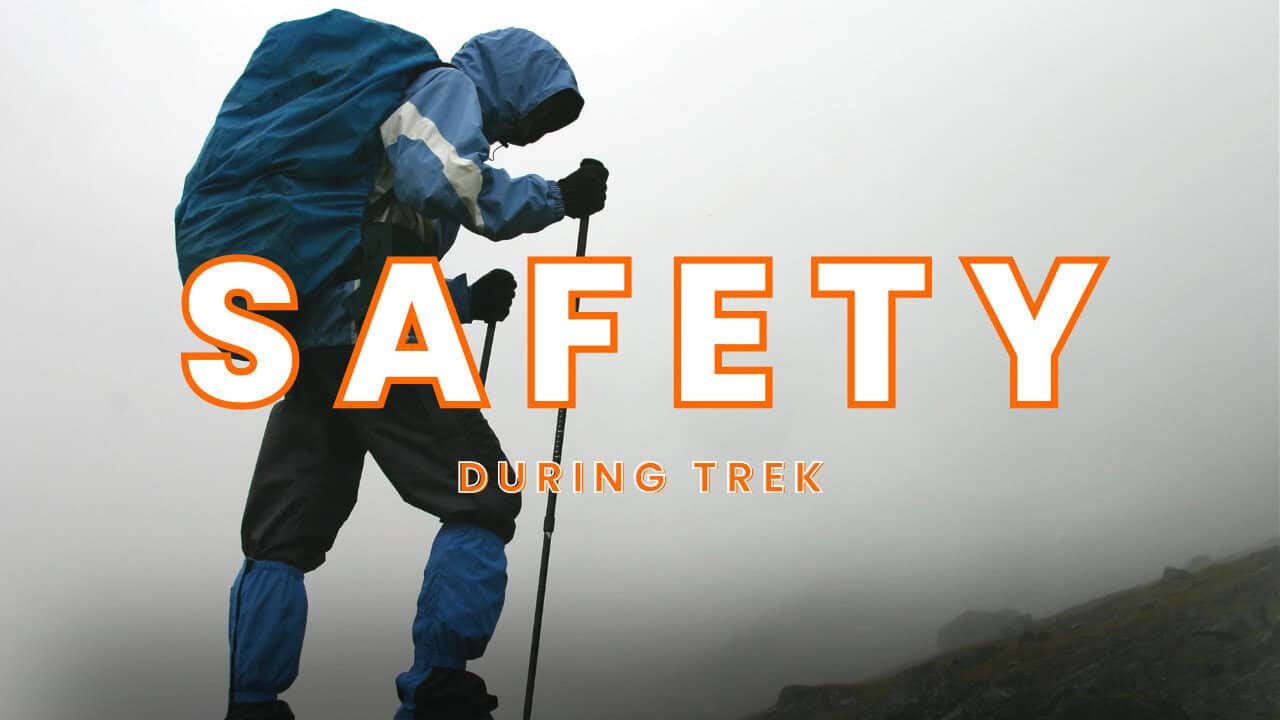
Trekking with us for the Pindari Glacier Trek is entirely safe because we have a team of trek leaders qualified in Wilderness first-aid and complete information about the high-altitude glitches. During the trek, we carry a full first-aid kit that contains all the essential medicines. Before trekking with us, you must ensure that you are medically fit for the trek; for us, your medical fitness is more important than anything else.
Right from our establishment, we at Trekup India have been continuously introducing new safety practices into Indian trekking to ensure the safety of voyagers. Trekup India introduced microspikes and made emergency bottled oxygen mandatory for all treks. Our trek leaders take your daily Pulse oximeter reading. We at Trekup India introduced the radio walkie-talkie as a safety communication device.
How can we ensure that your trek is safe with us?
We have noticed that most trek-organizing organizations do not follow these systems, but with time, they are following us; several competing companies are adopting these practices and organizing great, safe treks.
We ensure complete technical safety in the mountain. Our company has a vast team of more than 100 guides and trek leaders who serve on Himalayan treks. One of the best things about our team is that all the members are trained professionally by the Nehru Institute of Mountaineering, Indian Mountaineering Foundation Delhi, and Hanifle Center Outdoor Education Mussoorie.
Explore our New Safety Protocols
To ensure a perfect Trek, we have introduced some new safety checks to ensure excellent safety for our trekkers.
Our On-trek safety checks include:
- Daily oxygen saturation, along with pulse readings
- Stretchers team appointed on every trek
- Radios
- Trained mountain staff and complete safety
- Additional oxygen cylinders
- Special medical kit for high-altitude treks
- Microspikes on all types of snow treks
- Experienced Trek leaders, as well as safety
- Technical team on all snowy slopes
For Us, Your Safety Is the Top Priority
At Trekup India, you will find a team with local knowledge and fluency in English and Hindi. This helps ensure that you have a fantastic trek. Not only this, but we also pay attention to your health and safety because this is something we cannot ignore. All the team leaders involved in trekking have already undergone several professional courses in first aid, portable altitude chamber training, CPR, environmental awareness training, and advanced wilderness emergency medicine.
We also carry a complete first aid medical kit on every trek and trip we organize. Apart from the medical kit, we take a portable altitude chamber (if needed) and medical oxygen for all high-altitude treks. Our company has significant expertise in organizing all sorts of group adventure holidays for family groups, school and college groups, and friend groups. We have many travel options that suit different fitness levels and travelling styles.
Regardless of the group size, we value each and every member of our trekking groups. Our commitment to personal attention ensures that your needs and safety are always our top priority.
Who we are?
Trekup India has been a stalwart in the Adventure Tourism industry for 30 years. Since our inception, we have been dedicated to providing top-notch treks, voyages, trekking programs, and high-altitude expeditions. Our extensive experience is a testament to our commitment to your adventure and safety.
We organize treks in Uttarakhand, Kashmir, Sikkim, and Himachal while being part of the trekking community; we feature more than 75 documented Himalayan treks. In addition to other outdoor activities, our company also organizes trips for schools, colleges, and families.
Therefore, we maintain the quality of services offered to our valuable customers.
Must Read These Information Of Pindari Glacier Trek
Why You Should Do Pindari Glacier Trek?
The Pindari Glacier Trek, a hidden gem among treks, offers a unique and exclusive adventure. Unlike the popular Kedartal and Pangarchulla Peak Treks, this journey is less explored, promising a truly off-the-beaten-path experience. As you traverse the stone-led path, you’ll pass through local villages, gaining a rare insight into the authentic local way of life.
For nature lovers, the Pindari Glacier Trek is a feast for the senses. Majestic peaks like Nandabaner, Nandakot, and Laspadhura, along with other mountains like Nandakhat, Maiktoli, Baulhuri, Changuch, Panwali Dwar, and Nanda Devi, paint a breathtaking panorama. The journey through the Himalayan wilderness unveils stunning landscapes and awe-inspiring views that will leave you inspired.
The trek is also rich in mythology, connecting to the Kahti village. Local folklore suggests that the Pandavas once lived in and made their home in Khati village, which is also the last inhabited village on this route.
The landscape has green meadows, dense forests, and small waterfalls. Also, hikers may glimpse beautiful pink, red, purple, and maroon flowers.
The region is also home to wildlife such as the Himalayan Ibex. As trekkers approach the Phurkia campsite, they may spot Himalayan Ibex grazing in the vast grasslands near the waterfall. For wildlife enthusiasts, the Pongu Glacier is the best spot for wildlife spotting.
Best time to do Pindari Glacier Trek
The best time to do the Pindari Glacier Trek is from April to July and September to October. Between April and May is ideal as the temperature during the day is 15 to 20 degrees Celsius and drops to 7 to 2 degrees Celsius at night. In the months between September and November, the temperature in daytime ranges between 15 to 10 degrees Celsius and in nighttime, the temperature is between 5 to -5 degrees Celsius. In the winter, the trekker gets to see snow, while in the summer, the weather remains moderately cold.
How Difficult is the Pindari Glacier Trek?
The Pindari Glacier Trek is considered moderate difficulty, with treks reaching an altitude of 12000 feet.
Frequently Asked Questions About Pindari Glacier Trek
What is the duration Of the Pindari Glacier Trek
Pindari Glacier Trek is a 6 day trek.


